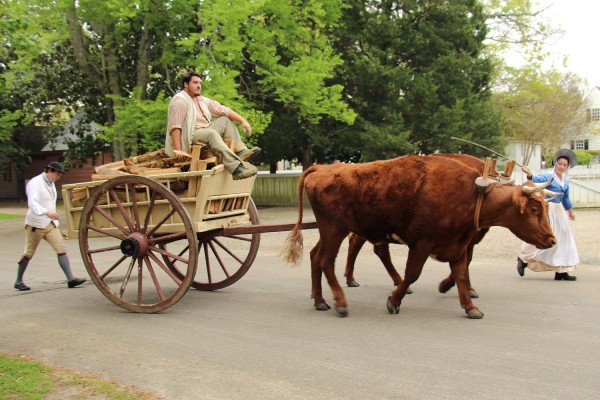 That’s right! Our twin working steers, Pat and Mike, are smiling a lot more these days. After putting in all those miles hauling goods down the asphalt in and around the colonial capital, they finally get to rest their weary feet (well sorta)! Between the two of them, they’re sporting eight brand new pairs of shoes.
That’s right! Our twin working steers, Pat and Mike, are smiling a lot more these days. After putting in all those miles hauling goods down the asphalt in and around the colonial capital, they finally get to rest their weary feet (well sorta)! Between the two of them, they’re sporting eight brand new pairs of shoes.

Lisa Carpenter told me getting shoes for the oxen has been her number one priority since she became Colonial Williamsburg’s ox driver about a year ago. Some people are surprised that cattle even wear shoes but the reality is these animals need them for the same reason horses do. The harsh pavement is rough on their feet and as working cattle, their work here never stops. Also, since a steer’s foot grows a lot slower than a horse’s foot, their shoes don’t have to be replaced as often. In fact, as long as the animal doesn’t lose any of them, they can actually last up to three months!
Ox shoeing has been done throughout history and our own archaeological collection includes many examples of it. The 1963 photo above shows a member of our very first ox team being shod. We’re not sure if it’s Joe or John pictured and we haven’t also been able to identify the shoer. The photograph is the only evidence Lisa has seen of oxen being shod in the Revolutionary City. She isn’t sure if we kept up with it after this picture was taken, but guesses it was a fairly short-lived practice. We likely stopped because we didn’t have a proper ox sling or someone with the knowledge and skill to put on the shoes.
The biggest challenges to bringing back the shoes was finding someone who could do it! There aren’t many people in the U.S. who are qualified and still in practice. Part of the problem is that restraining such large animals is a major undertaking. While most horses will pick up their feet for a farrier, cattle just don’t have the balance to stay in that position for very long. Each steer would have to stand still long enough for the farrier to nail two shoes on each foot (given their cloven hooves). That’s a lot to ask and it’s also dangerous. So how do you manage to get shoes on an ox? Enter Nathan Hine…. and an industrial-sized sling!
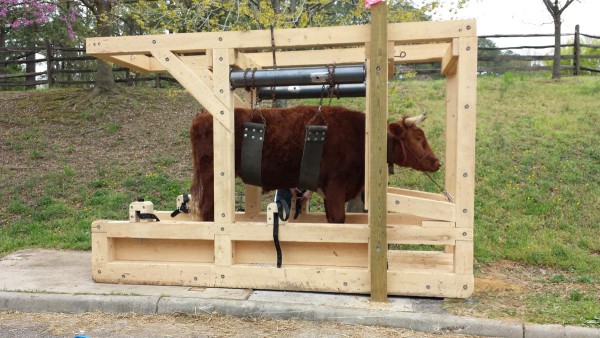 Nathan has roughly 150 clients in New England and is one of the few people in the country who still does this. He drove all the way from Massachusetts to work with Lisa and our farrier. Can you imagine passing him on the interstate with his flatbed trailer, hauling that 4, 500 pound contraption? It. Is. Massive. But then again, it has to be. Pat and Mike are still growing and each already weighs 1,400 pounds. The Hine family has a lot of history with Colonial Williamsburg. Nathan’s father was our ox scout in the 80s and 90s and regularly made the trek to Virginia to teach our staff how to drive oxen. Some longtime visitors may remember the teams Tip and Top or Waylon and Willie, which were trained by the Hine family.
Nathan has roughly 150 clients in New England and is one of the few people in the country who still does this. He drove all the way from Massachusetts to work with Lisa and our farrier. Can you imagine passing him on the interstate with his flatbed trailer, hauling that 4, 500 pound contraption? It. Is. Massive. But then again, it has to be. Pat and Mike are still growing and each already weighs 1,400 pounds. The Hine family has a lot of history with Colonial Williamsburg. Nathan’s father was our ox scout in the 80s and 90s and regularly made the trek to Virginia to teach our staff how to drive oxen. Some longtime visitors may remember the teams Tip and Top or Waylon and Willie, which were trained by the Hine family.
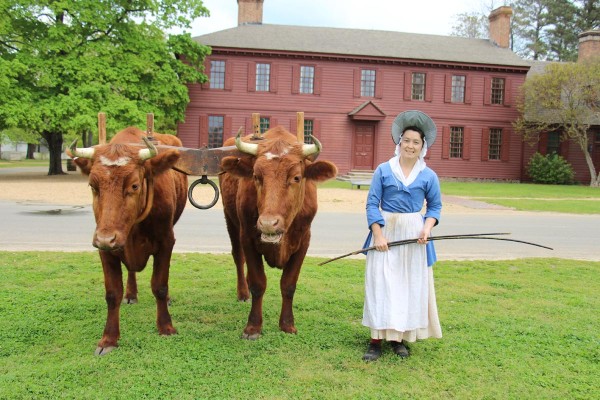 Moving forward, Lisa says we’ll probably keep shoes on two of our teams; the pair out at Great Hopes Plantation doesn’t really need them since they spend most of their day on soft ground. As for Pat and Mike? Since Lisa went the extra mile for them, they’re ready to return the favor and put in a few extra ones for her!
Moving forward, Lisa says we’ll probably keep shoes on two of our teams; the pair out at Great Hopes Plantation doesn’t really need them since they spend most of their day on soft ground. As for Pat and Mike? Since Lisa went the extra mile for them, they’re ready to return the favor and put in a few extra ones for her!
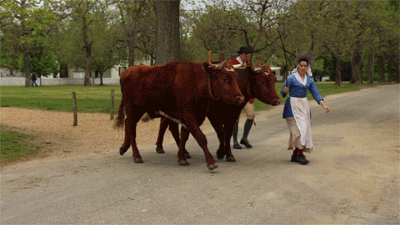
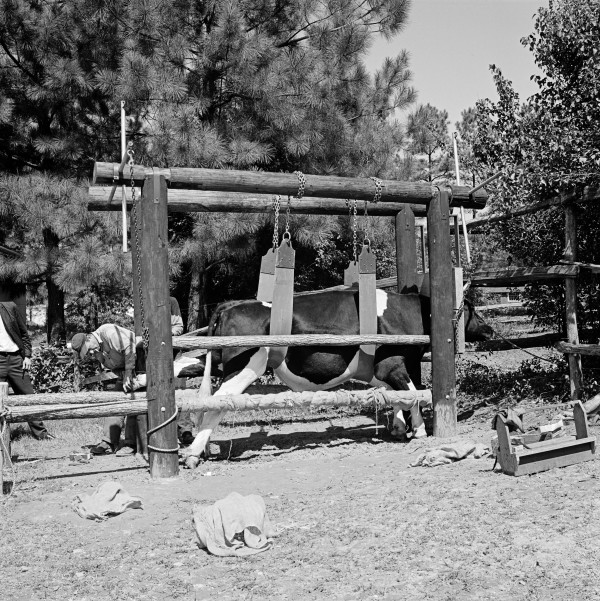
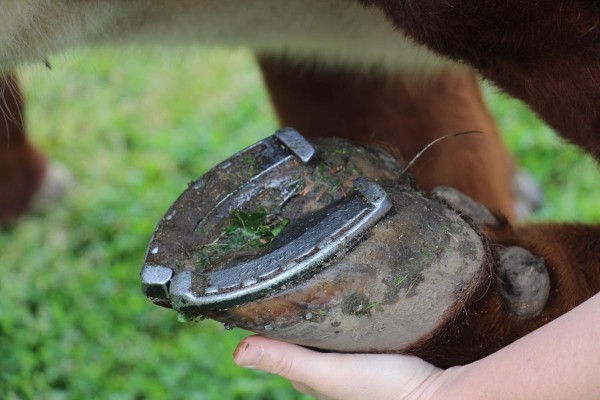
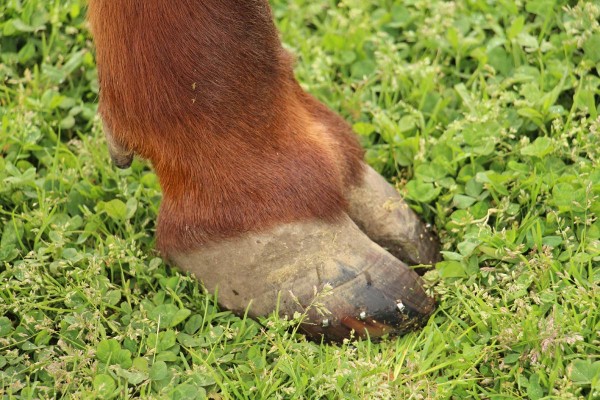
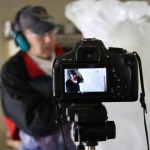
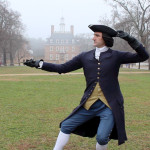

This article was both fascinating and informative; I had no idea that oxen couldn’t balance like horses, or that there was anywhere close to 150 teams of oxen still used in the US.
On a more personal note, on my first trip to Williamsburg when I was a child (1994?), we ran into one of the oxen teams very early one morning. My mother was brought to tears because their names were the same as the team of Clydesdales her uncle used on the farm where she was raised. One of the great memories I have from there.
This is so interesting!! And I appreciate you going into the Archives to find past photos and past stories to relate to todays CW events. Keep up the great photos and stories!
Thanks for your feedback on this blog post, too! We love hearing from readers to know which topics generate the most interest.